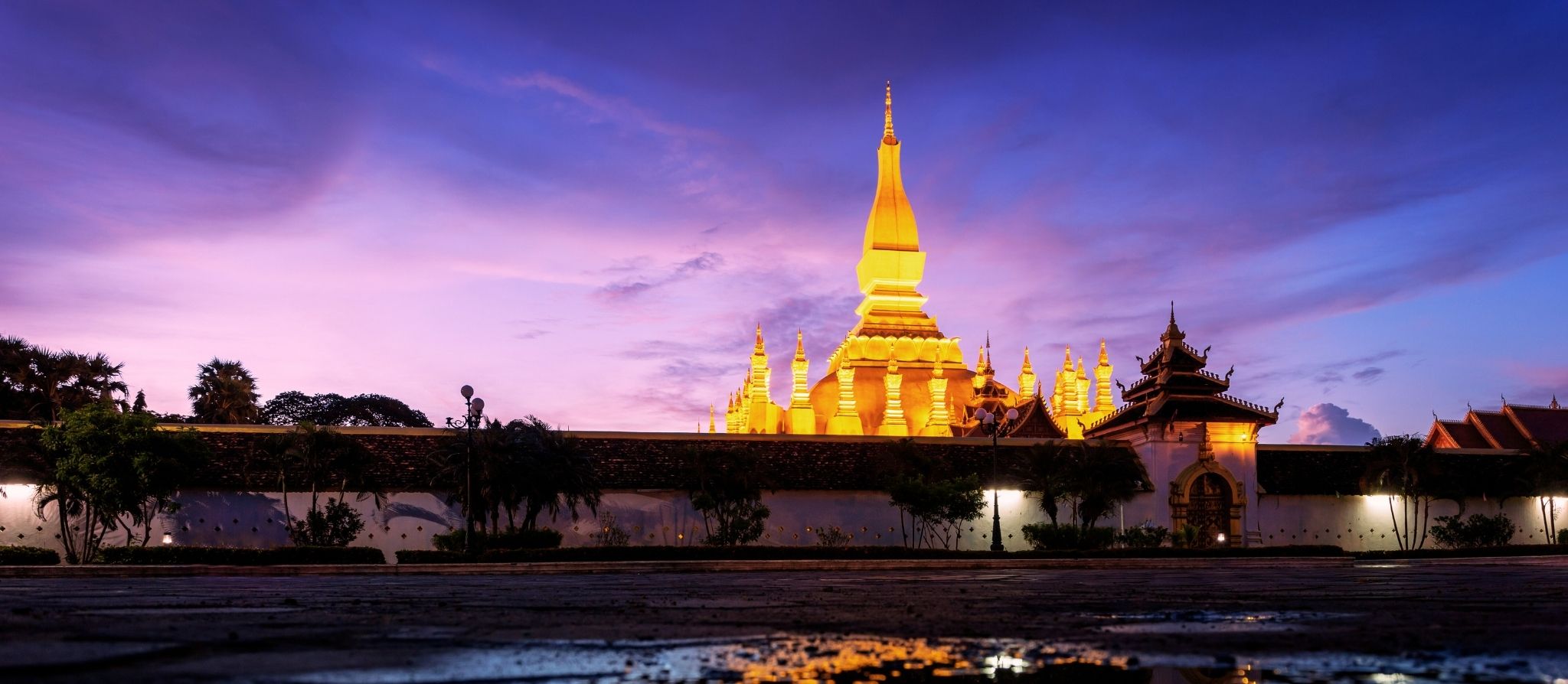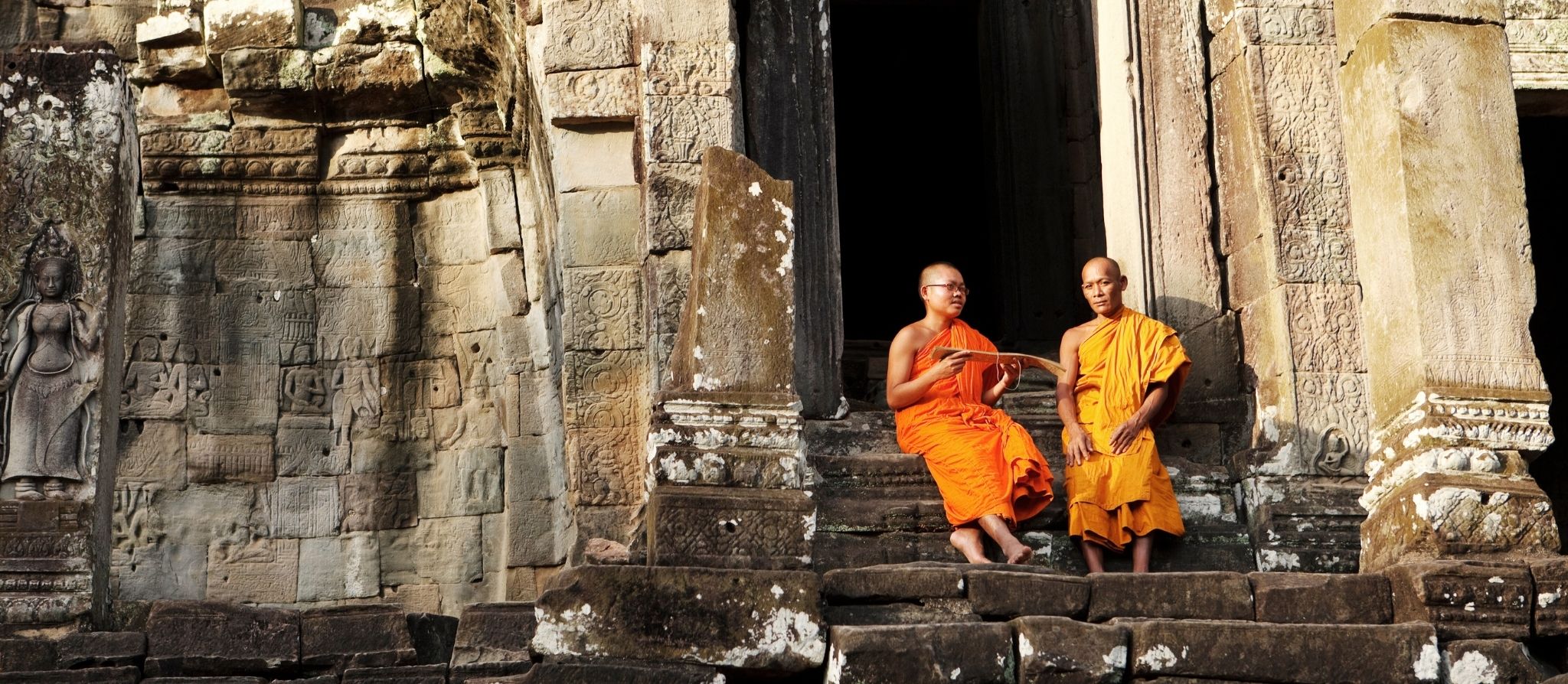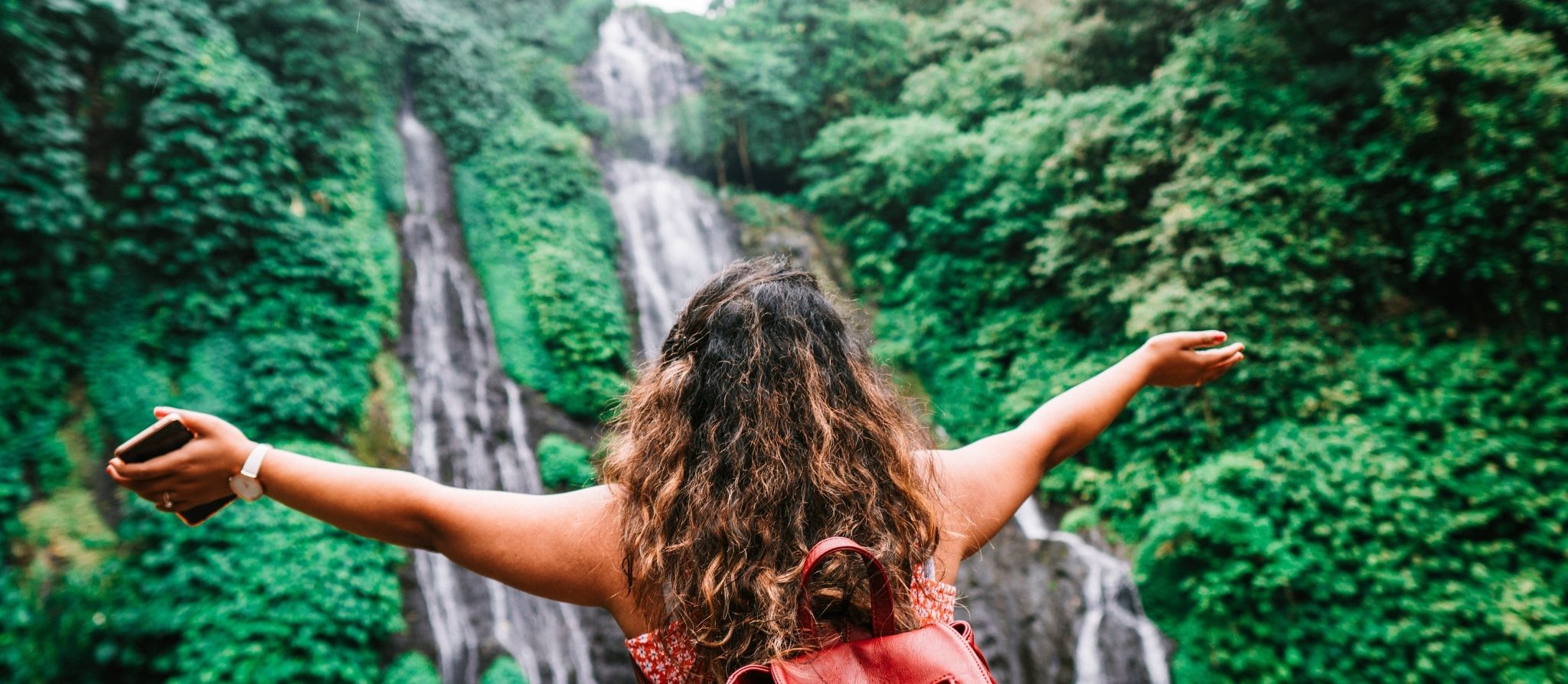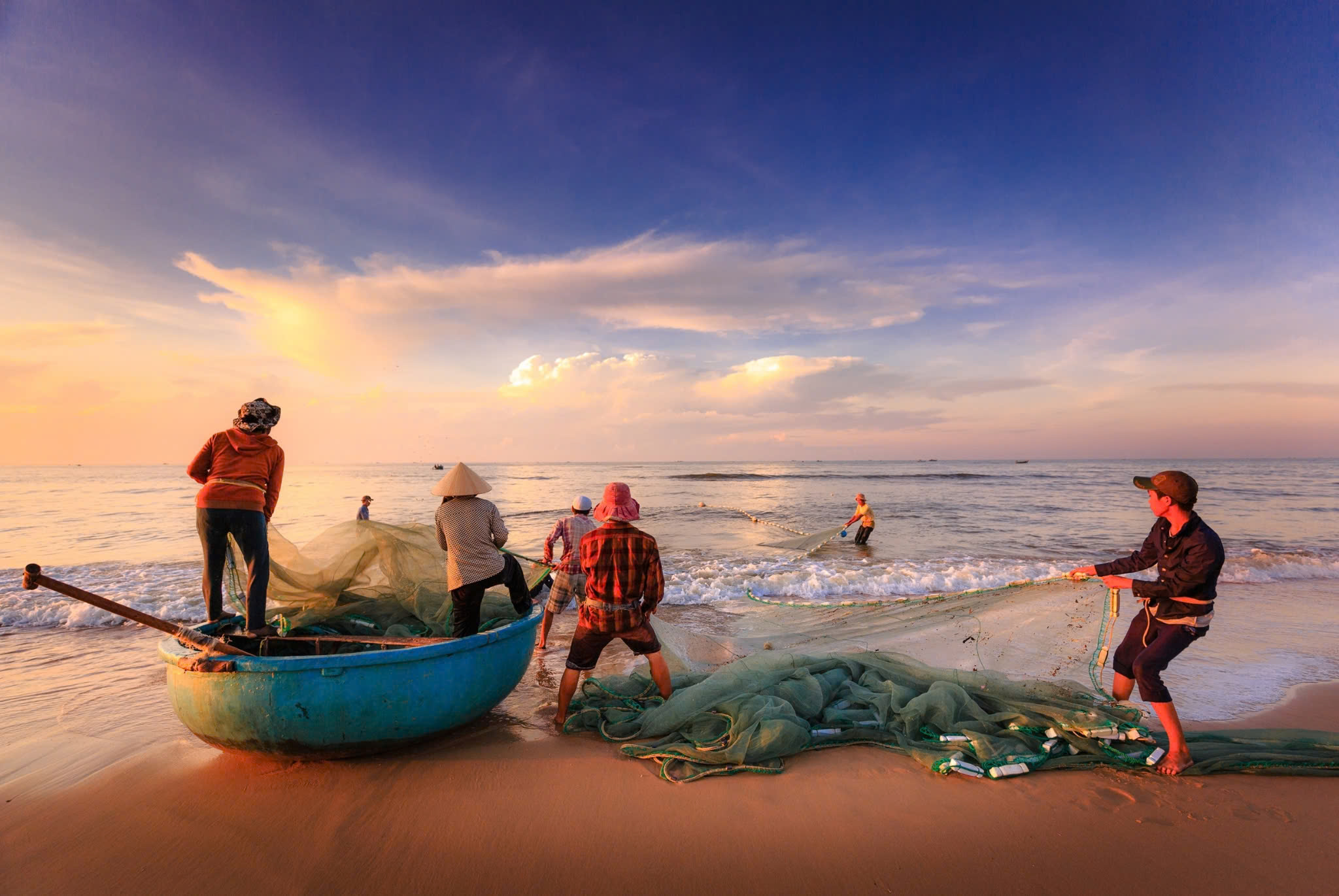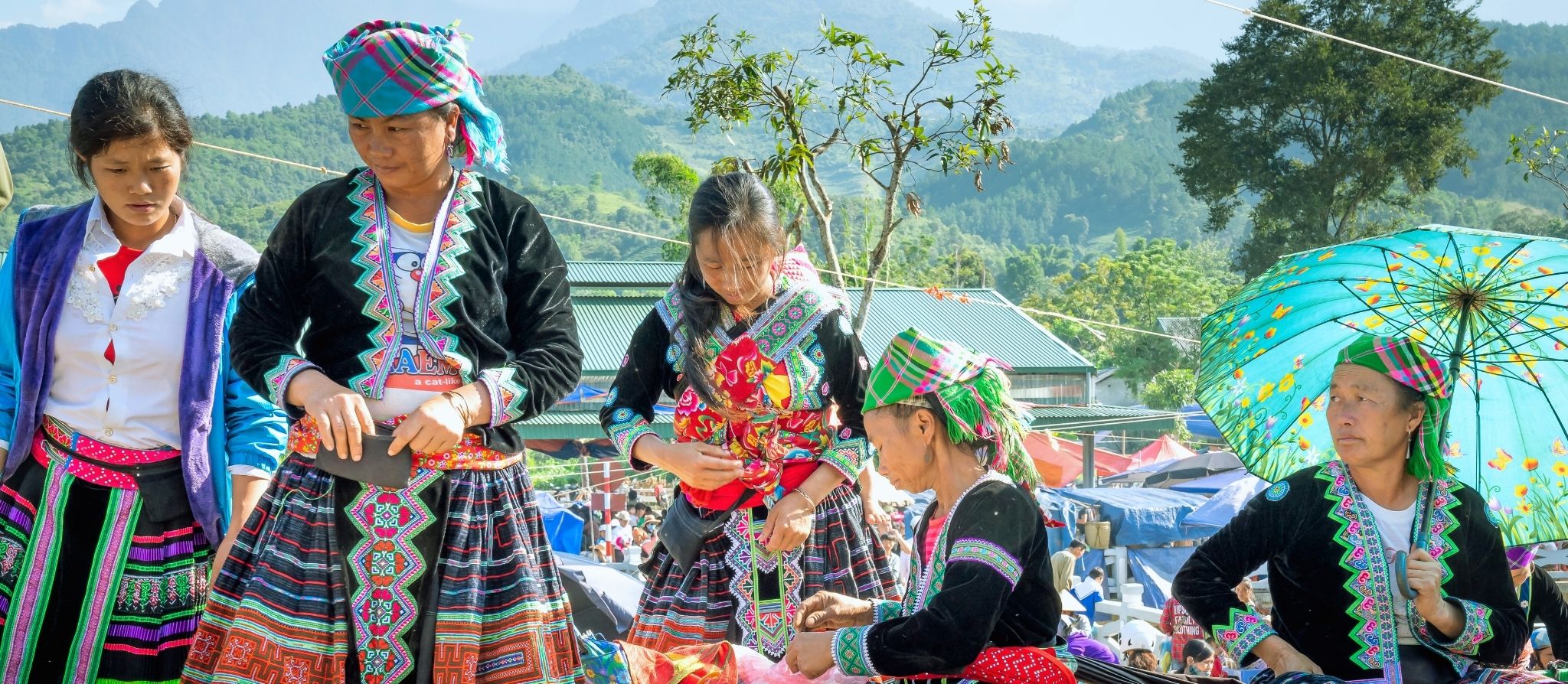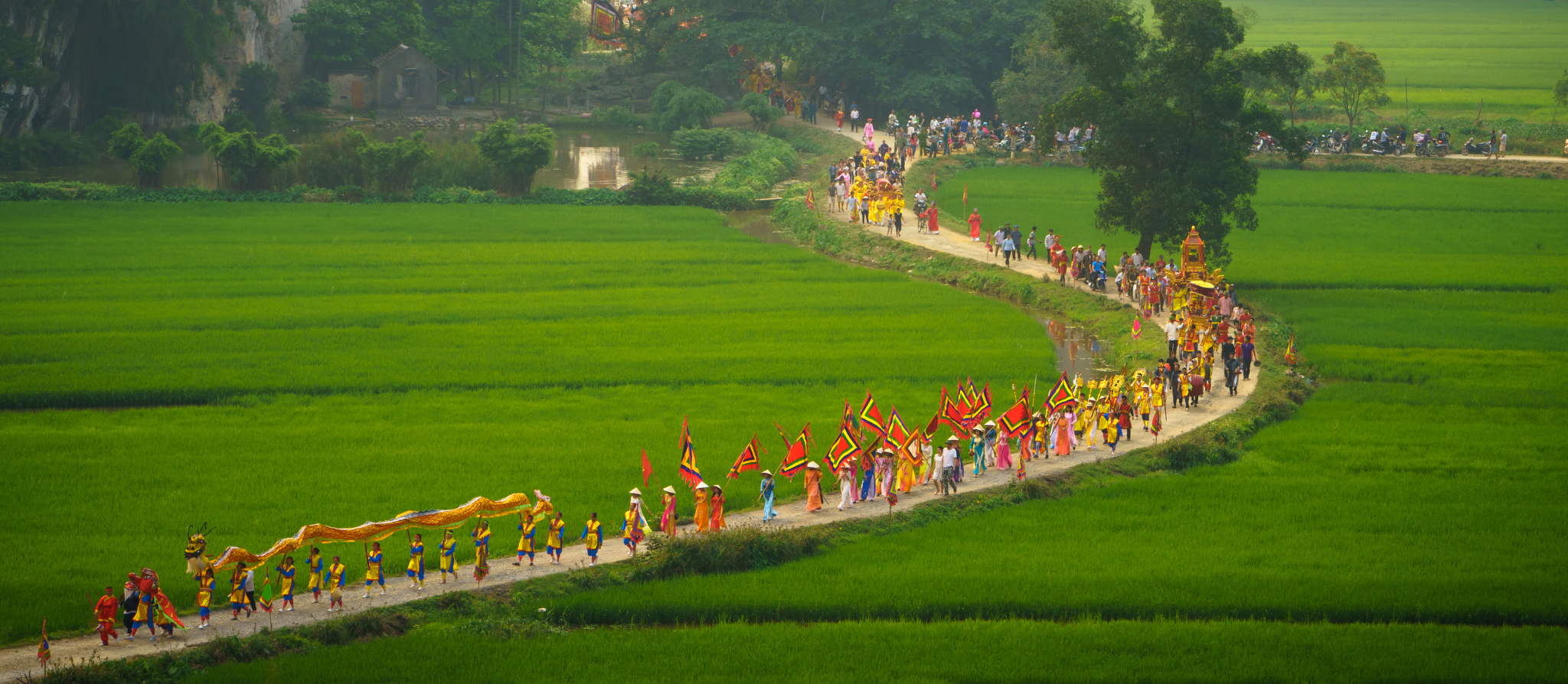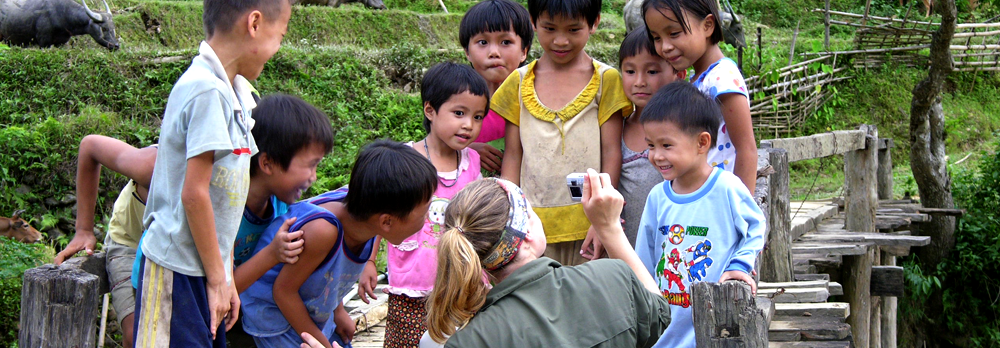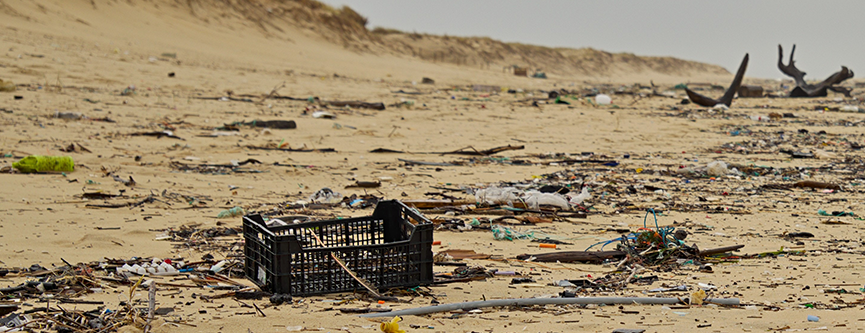When travelling, photography helps us capture the sense of the places and the people and gather memories. However, due to the lack of awareness, some of the photography enthusiasts actually do more harm than good to the local people and nature and wildlife in pursuit of the perfect shot. All you need is a thorough knowledge of the place and people to show respectful towards community and nature and intolerant of unethical photography practices.
With community
1, Show respect
The photography can be a little intimidating with some people. Hence, you should always ask the locals’ permission first before taking their pictures. If language is a barrier, use your eye contact and body language to communicate. Vietnamese people are really friendly but a little bit shy, hence showing them their friendliness with a big smile is also a gesture of goodwill.
If they say yes, showing your appreciation by saying thank you. If they say no, respect their decisions without questioning their reasons.
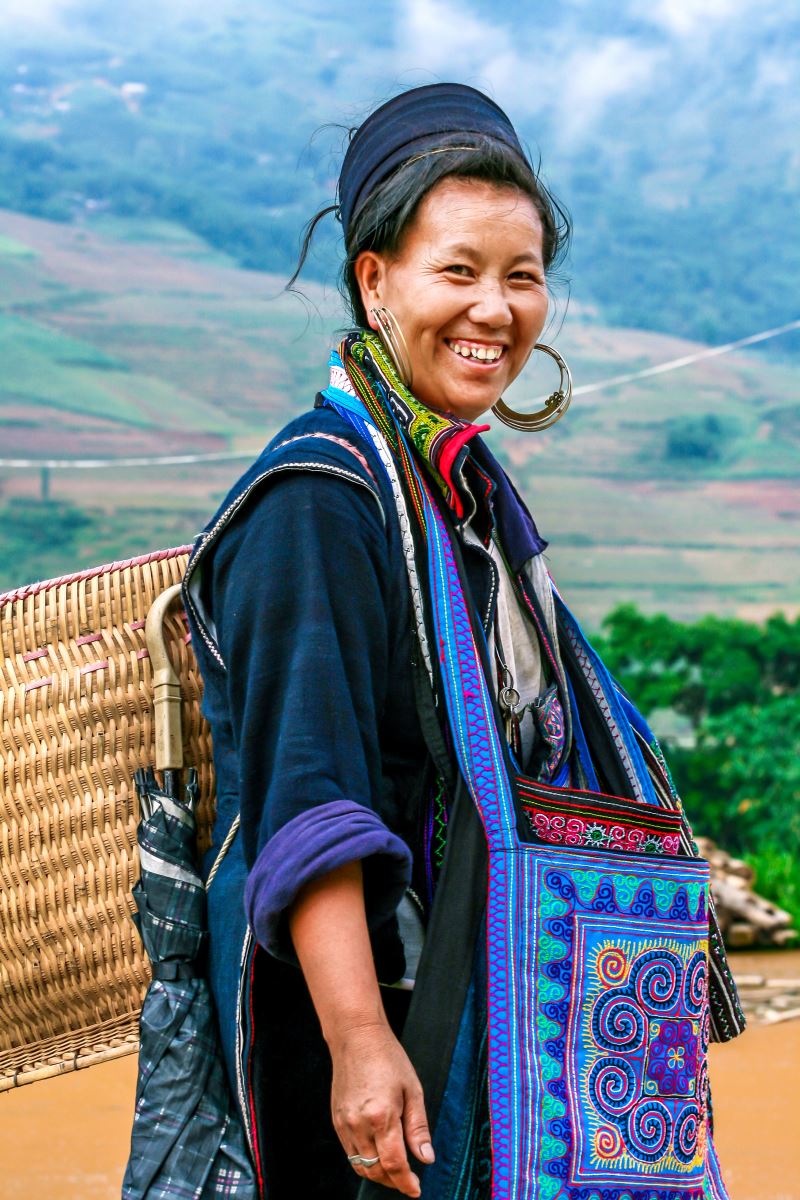
2, Observe
It’s always better to ask if you are unsure whether it’s appropriate to take photographs. Prior research before your departure about local etiquettes is also necessary to avoid unintentionally showing an irreverent behavior toward the local customs/religion.

If you visit a site, you should be mindful of your steps and check all the signs to follow their code of conducts. For the conservation of ancient monuments, tripods are discouraged from being brought inside.
3, Use your ice-breaker
Showing the locals their photos taken by you can be an amazing ice-breaker. Photography can become more fun especially with the children as they may want to try and photograph you.
4, Give back
You are not recommended to give money to people you photograph as it may encourage a bad behavior over time. In big cities like Hanoi, you may be approached by street sellers asking if you want to take authentic photos for a dollar or so. It’s possible to feel like giving back as you are benefiting from their presence, customs and clothing, etc. However, if someone expects money for a photograph, you should make a wise choice of being firm but polite and calm in turn them away.
5, Develop genuine trust
For me, the key for a good shot is to make them feel comfortable and be as natural as possible in whatever they are doing. So it’s all about engage people by sharing time, stories and a meal or a drink together. Put your camera away before you can develop genuine trust in them. They soon loosen up and may even ask you for a photo. And there’re you have a picture with a lot of stories to tell.
Also, if you promise to send them pictures, please keep it. Printing pictures and delivering to them with some notes will be much appreciated.
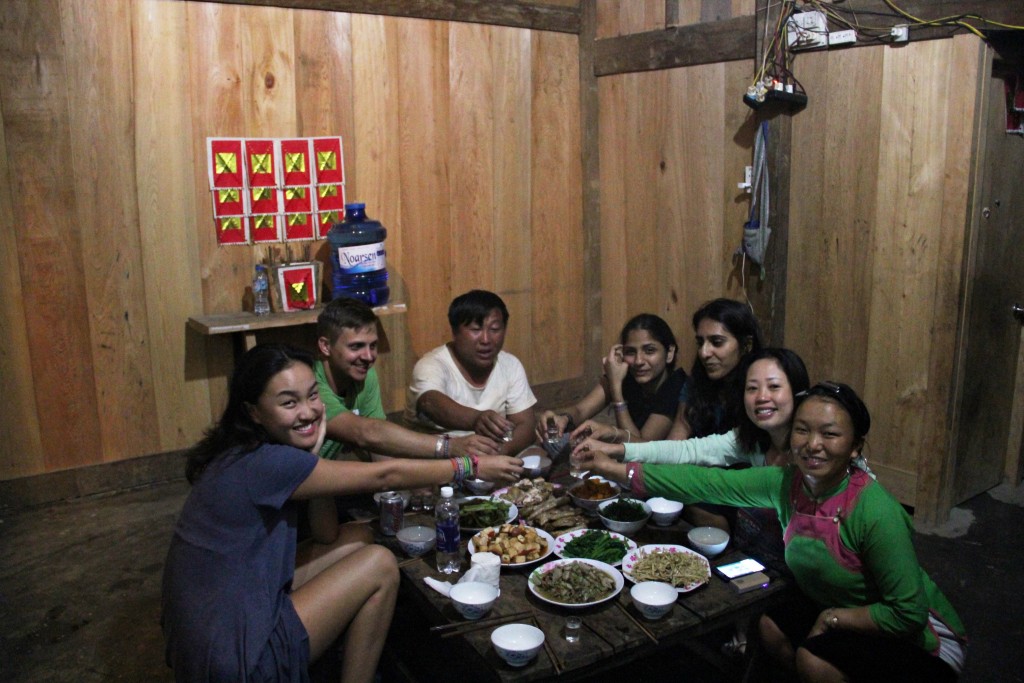
With nature and wildlife
1, Softly approach
Some people feel that they must stalk their subjects and get closer and closer in search of a good shot. However, this will disrupt the animals’ natural processes (hunt, mate and feed, etc.) or even cause stress to an animal. So make sure that you act like a good guest and send reasonable amount of time shooting one subject and leave without their acknowledgement.
You can watch them at a “safe” distance and take photographs, and then you can crop and enlarge them later. Make no noise when approaching them as the sound of phone ringing and people talking disturb wildlife and totally kill the pleasure of wildlife encounter.
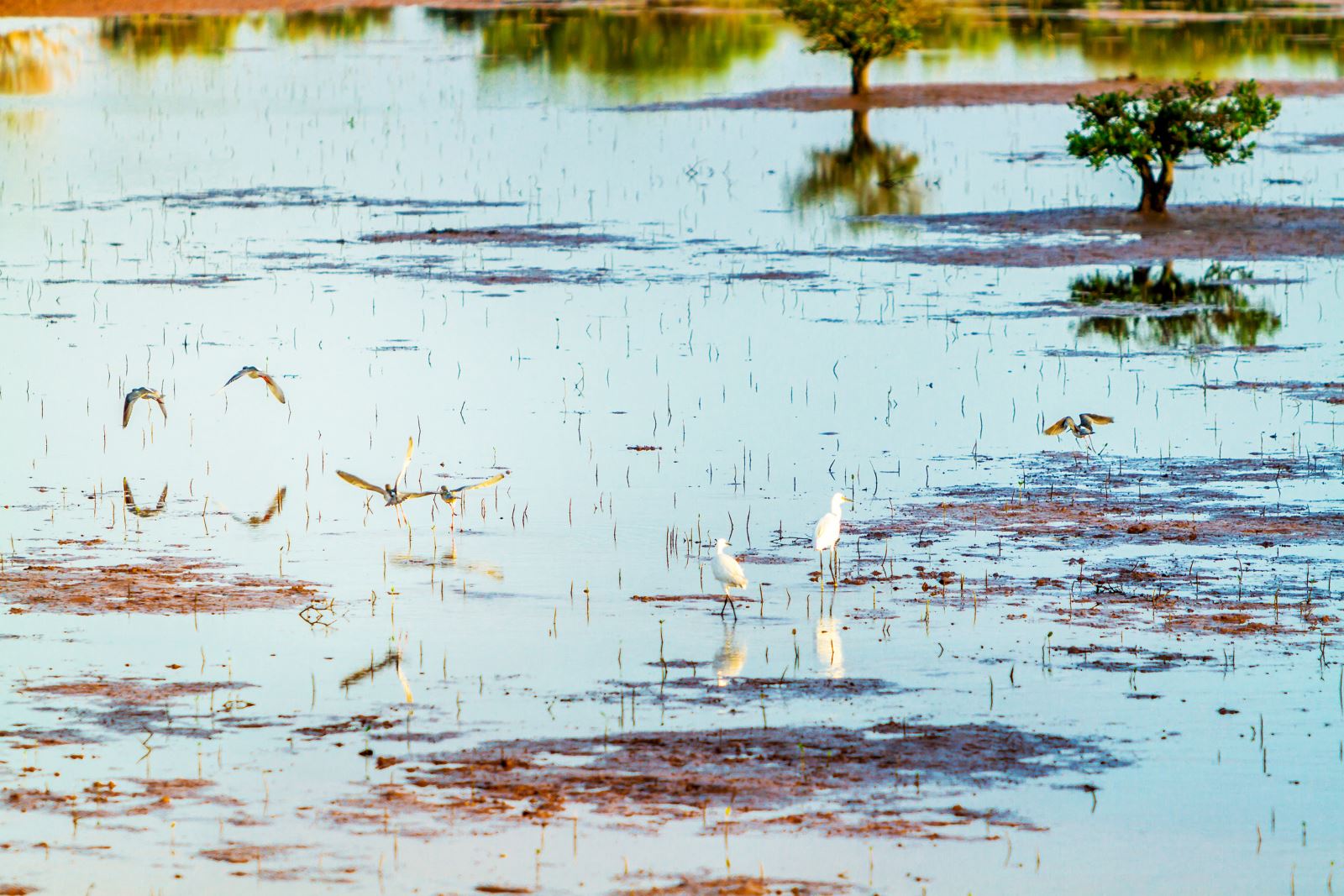
2, Learn about your subjects’ behavior
Spending time learning about your subjects’ behavior can avoid disturbing wildlife animals. For example, nocturnal animals such as owls have extremely sensitive eyes and can even get temporarily blinded by powerful flashes. So make sure to use diffusers and red filters on torches as alternatives.
3, Do not take souvenirs
You should not take anything from nature such as trade of wild orchids, wild boar. Take only photographs
4, Be careful of your setup
Be careful how you add/remove branches, leaves or anything from nature to make the frame look more photogenic because it may damage the plants. Minimize impact where you set foot.
5, Pack out all of your trash
I mean everything. Even organic items like food trash and fruits can alter animal behavior in a way that is bad for people and other animals.
Looking for new source of photography inspirations? Why not check out these amazing tours!



